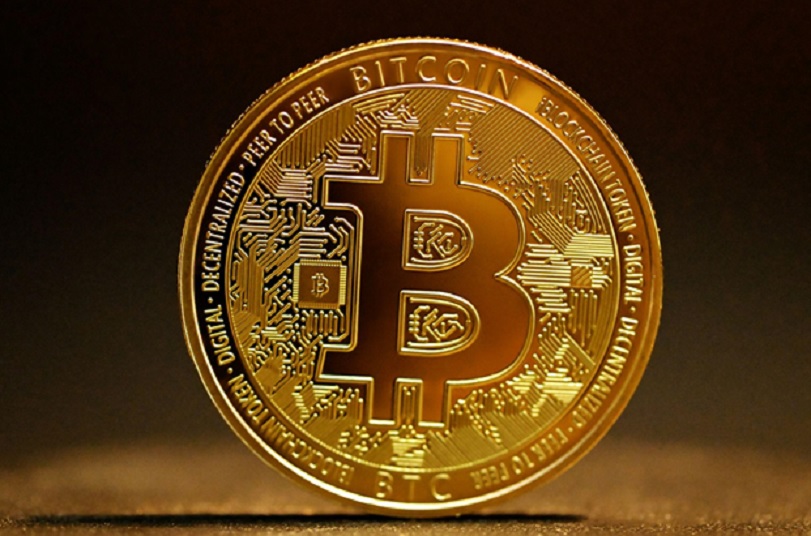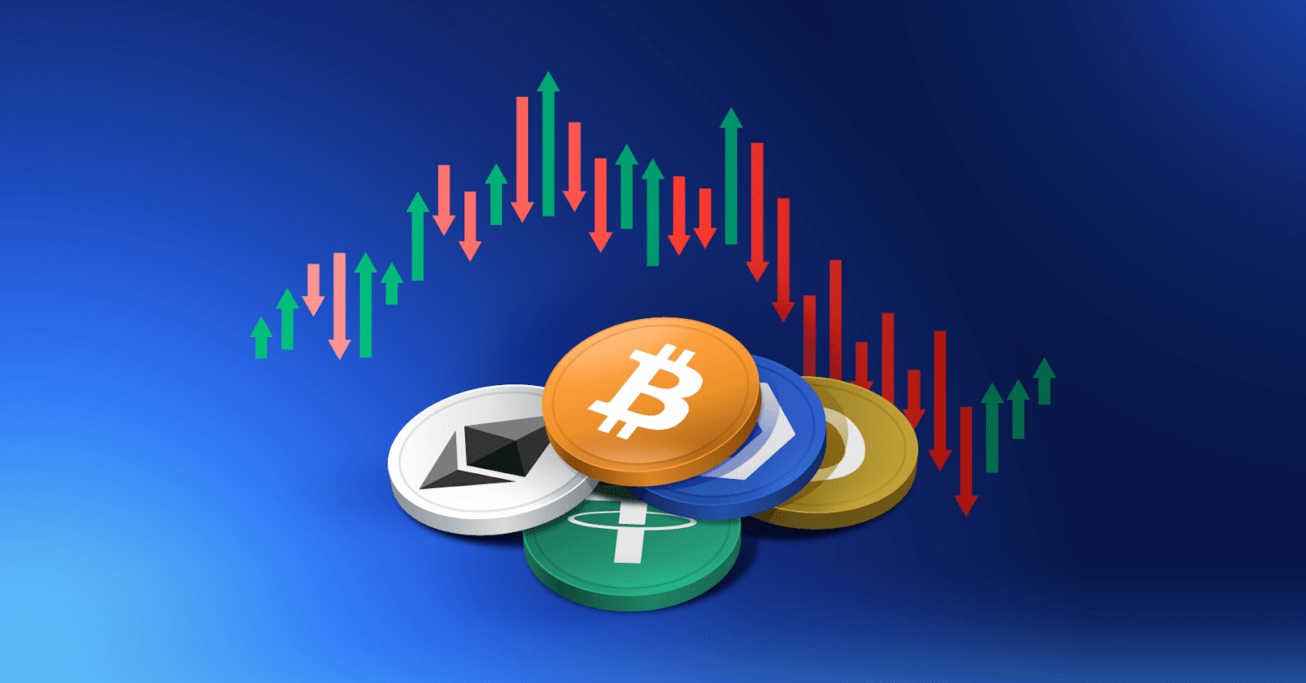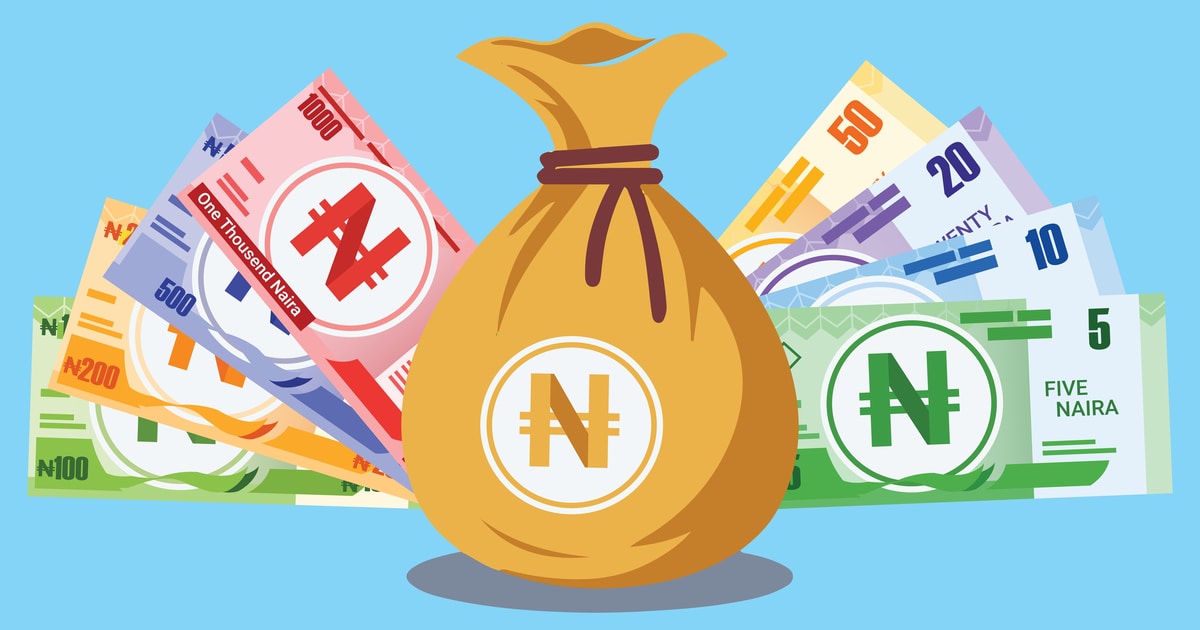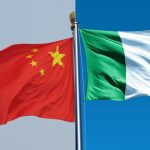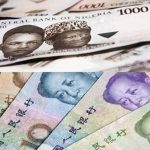Economy
Top 3 Bitcoin DeFi Platforms You Should Check Out

Bitcoin DeFi is a relatively new concept that leverages Bitcoin layers and smart contracts to build decentralized financial applications. These DeFi platforms offer a variety of financial services, including lending, borrowing, trading, and more.
Unlike traditional finance, Bitcoin DeFi operates on a decentralized network, eliminating the need for banks, brokers, and other centralized institutions, while allowing anyone with an internet connection and a digital wallet to participate in the crypto markets.
3 Leading DeFi Platforms Built on Bitcoin
Bitcoin doesn’t natively support smart contracts, but layer 2 solutions like Rootstock (RSK), Build on Bitcoin (BoB), and Stacks bring smart contract capabilities to Bitcoin.
These platforms integrate Bitcoin’s robust security with the flexibility of decentralized applications (dApps), enabling DeFi functionality like those found on Ethereum. This enables consumers to access services like lending, borrowing, and trading. They can even buy runes tokens and other new tokens built on Bitcoin through these platforms.
While DeFi platforms built on Bitcoin perform different functions based on why the platform was built, they fill vital consumer needs or gaps in the ecosystem.
Let’s look at the three leading Bitcoin DeFi platforms to see what the market leaders in the ecosystem have to offer.
Sovryn
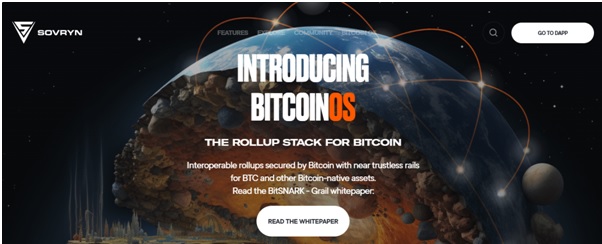
Sovryn is a decentralized finance platform built on Rootstock (RSK) and Build on Bitcoin (BoB). The platform provides a broad suite of DeFi services to Bitcoin users, empowering them to trade, earn interest, and access liquidity using BTC directly.
Sovryn offers users several core DeFi services, including:
- Decentralized trading: Sovryn supports decentralized spot and margin trading. Users can trade directly from their wallets with no need for intermediaries, maintaining full control of their assets.
- Lending and borrowing: Sovryn allows Bitcoin holders to earn interest by lending their BTC or borrowing funds using BTC as collateral. The lending protocol operates in a decentralized manner, meaning the platform acts as a facilitator but not a custodian.
- Liquidity provision: Users can provide liquidity to Sovryn’s decentralized exchange and earn rewards, typically in the form of trading fees or the platform’s native token, SOV.
- Staking: Sovyrn users can also earn staking rewards by depositing SOV.
Pros
- Offers a wide range of decentralized financial services
- Leverages Bitcoin’s security, making it less vulnerable to attacks
- Non-custodial, so users retain control of their private keys and assets
Cons
- Might be complex for new users
ALEX
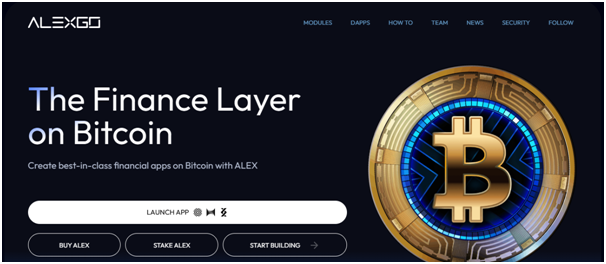
ALEX is a DeFi platform built on the Stacks blockchain, a layer 2 protocol that connects to Bitcoin. ALEX seeks to build a comprehensive DeFi ecosystem where users can trade, lend, and borrow Bitcoin-based assets on Stacks.
The platform’s DeFi services include:
- Decentralized trading: ALEX offers a decentralized exchange (DEX) allowing permissionless trading of Bitcoin-backed assets, including stablecoins and other cryptocurrencies. The platform supports spot trading with a focus on maintaining liquidity for Bitcoin users.
- Lending and borrowing: Through ALEX, users can lend assets to earn interest or borrow against their Bitcoin holdings. These decentralized lending services are a key feature for users who want to access liquidity without selling their BTC.
- Yield farming and staking: ALEX provides opportunities for yield generation, where users can earn rewards by staking assets and providing liquidity to the platform’s pools.
Pros
- Supports a wider range of tokens than other Bitcoin DeFi platforms
- Benefits from an increasingly integrated ecosystem as Stacks keeps developing
Cons
- Relatively slower than other networks, impacting trading speeds and overall user experience
- Complex for new users
Velar
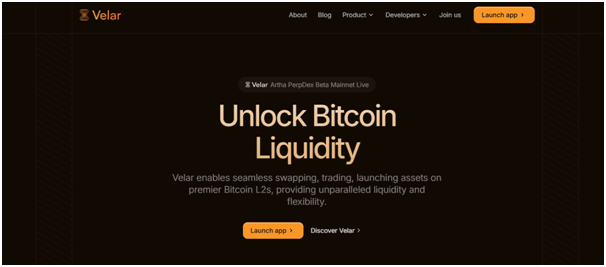
Velar is a newcomer to the Bitcoin DeFi scene, aiming to bring advanced decentralized finance functionality to Bitcoin users in a seamless and scalable way.
Built on Stacks, Velar offers decentralized trading, token launches and more.
Velar’s key features include:
- Decentralized lending and borrowing: Velar’s primary focus is providing efficient lending and borrowing services for bitcoin and other assets. Users can lock up their bitcoin to borrow other assets or lend out bitcoin to earn interest.
- Synthetic asset creation: Velar also enables the creation of synthetic assets, which are tokenized versions of real-world assets that track the value of their physical counterparts. This feature allows users to gain exposure to traditional markets while operating within a decentralized Bitcoin DeFi ecosystem.
- Liquidity pools: Like other DeFi platforms, Velar allows users to provide liquidity to decentralized pools and earn rewards.
Pros
- Synthetic assets on the platform offer more diverse ways to interact with the platform and manage their portfolios
- Benefits from Bitcoin’s security while maintaining faster transaction speeds than the Bitcoin base layer.
- User-friendly interface making DeFi services accessible even to new users
Cons
- Lower liquidity compared to more established DeFi platforms
- May be too complex for new users
Wrapping Up
Bitcoin DeFi is still in its early stages, but platforms like Sovryn, ALEX, and Velar are proving that decentralized financial services can thrive on Bitcoin.
Whether you’re looking for non-custodial trading, decentralized lending, or even exposure to synthetic assets, each of these platforms brings something unique to the table.
Whether you’re a long-time Bitcoin holder or new to DeFi, these platforms are worth exploring as you dive into the future of decentralized finance on Bitcoin.
Economy
CSCS, Geo-Fluids, FrieslandCampina Lift NASD OTC Bourse by 0.62%
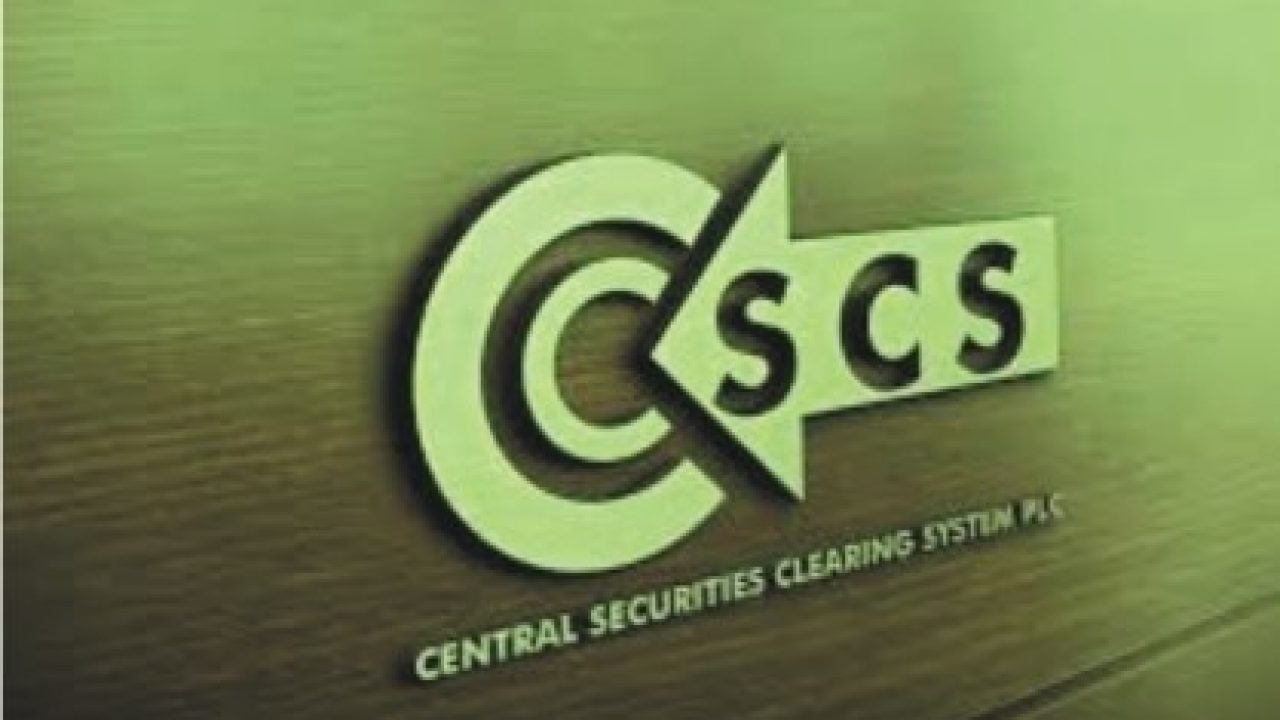
By Adedapo Adesanya
Three bellwether stocks lifted the NASD Over-the-Counter (OTC) Securities Exchange by 0.62 per cent on Friday, December 12 with the NASD Unlisted Security Index (NSI) jumping by 22.20 points to 3,600.43 points from 3,578.23 points.
In the same vein, the market capitalisation of the trading platform increased by N13.28 billion to close at N2.154 trillion from the previous day’s N2.140 trillion.
During the session, Central Securities Clearing System (CSCS) Plc went up by N2.53 to close at N39.71 per share compared with the previous day’s N37.18 per share, Geo-Fluids Plc added 35 Kobo to its price to finish at N5.00 per unit versus Thursday’s closing price of N4.65 per unit, and FrieslandCampina Wamco Nigeria Plc appreciated by 23 Kobo appreciation to sell at N60.23 per share versus N60.00 per share.
It was observed that yesterday, the price of Golden Capital Plc went down by N1.05 to N9.45 per unit from N10.50 per unit, and UBN Propertiy Plc declined by 21 Kobo to N2.01 per share from the N2.22 per share it was traded a day earlier.
There was a significant improvement in the level of activity for the day, as the volume of transactions increased by 6.2 per cent to 37.4 million units from the previous day’s 35.2 million units, the value of trades went up by 265.1 per cent to N4.9 billion from N1.4 billion, and the number of deals soared by 13.80 per cent to 33 deals from 29 deals.
Infrastructure Credit Guarantee Company (InfraCredit) Plc ended the last trading day of this week as the most active stock by value on a year-to-date basis with 5.8 billion units valued at N16.4 billion, the second spot was taken by Okitipupa Plc with 178.9 million units traded for N9.5 billion, and third space was occupied by a new comer in MRS Oil Plc with 36.1 million units worth N4.9 billion.
InfraCredit Plc also finished the session as the most active stock by volume on a year-to-date basis with 5.8 billion units transacted for N16.4 billion, followed by Industrial and General Insurance (IGI) Plc with 1.2 billion units valued at N420.3 million, and Impresit Bakolori Plc with 537.0 million units sold for N524.9 million.
Economy
Guinness Nigeria, Others Buoy NGX Index 1.00% Growth
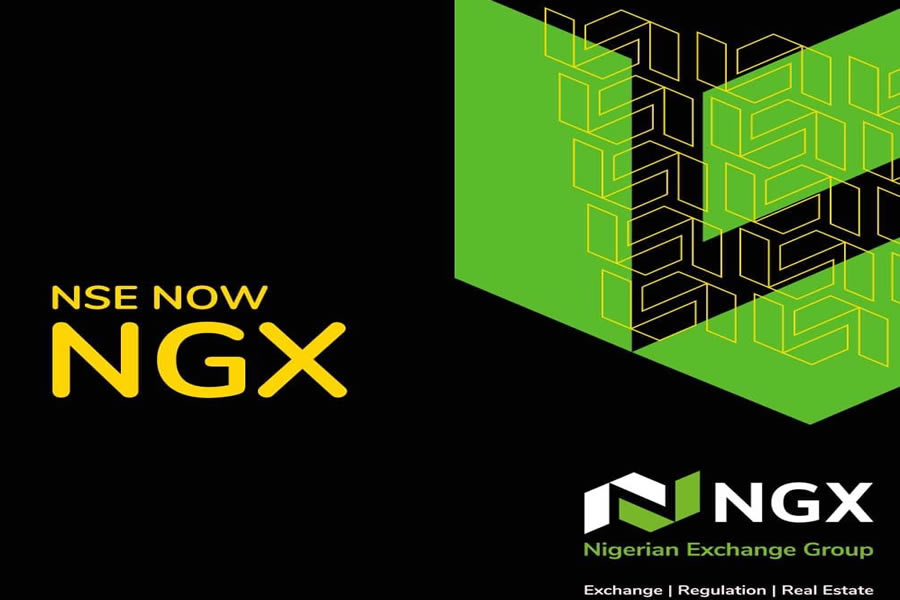
By Dipo Olowookere
The bullish run on the Nigerian Exchange (NGX) Limited continued on Friday with a further 1.00 per cent growth buoyed by gains recorded by Guinness Nigeria, Champion Breweries, and others.
Data showed that the consumer goods space expanded by 1.53 per cent during the last trading session of the week, as the insurance counter grew by 0.51 per cent, and the industrial goods sector marginally gained 0.01 per cent.
However, the banking index depreciated by 0.54 per cent due to a pocket of profit-taking, and the energy industry shrank by 0.09 per cent, while the commodity sector closed flat.
Guinness Nigeria gained 10.00 per cent to trade at N217.80, Morison Industries rose by 9.84 per cent to N4.69, Champion Breweries jumped by 9.69 per cent to N14.15, Austin Laz grew by 9.66 per cent to N2.27, and C&I Leasing appreciated by 9.62 per cent to N5.70.
Conversely, eTranzact lost 10.00 per cent to finish at N12.60, Chellarams slumped by 9.00 per cent to N13.20, Eunisell depleted by 9.89 per cent to N75.15, Africa Prudential moderated by 9.77 per cent to N12.00, and DAAR Communications decreased by 9.18 per cent to 89 Kobo.
The busiest stock on Friday was Access Holdings with 107.6 million units sold for N2.2 billion, Consolidated Hallmark traded 59.9 million units worth N245.8 million, Zenith Bank transacted 48.2 million units valued at N3.1 billion, Transcorp Power transacted 42.8 million units for N13.1 billion, and Champion Breweries exchanged 36.4 million units valued at N510.2 million.
At the close of business, a total of 602.8 million units worth N30.7 billion exchanged hands in 20,550 deals yesterday, in contrast to the 529.7 million units valued at N12.3 billion traded in 18,159 deals on Thursday, representing a surge in the trading volume, value, and number of deals by 13.80 per cent, 149.59 per cent, and 13.17 per cent apiece.
Business Post reports that the All-Share Index (ASI) soared during the session by 1,485.89 points to 149,436.48 points from 147,950.59 points and the market capitalisation moved up by N945 billion to N95.264 trillion from N94.319 trillion.
Economy
Naira Chalks up 0.11% on USD at NAFEM as CBN Defends Market
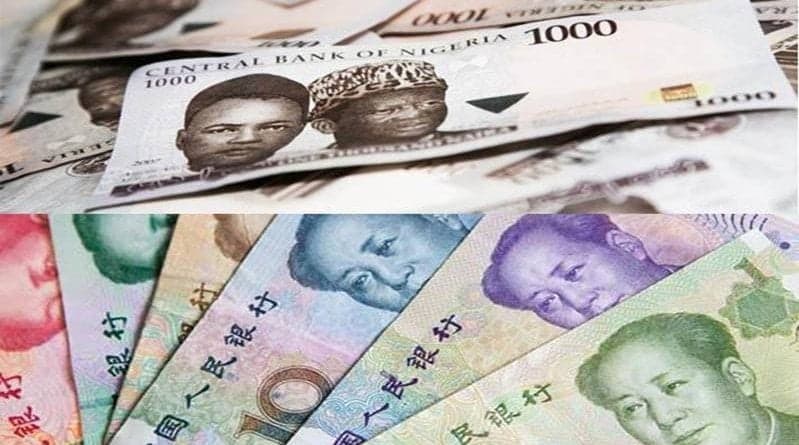
By Adedapo Adesanya
An intervention of the Central Bank of Nigeria (CBN) in the foreign exchange (FX) market eased the pressure on the Naira on Friday.
The apex bank sold forex to banks and other authorised dealers in the official window to defend the domestic currency, helping to calm the FX demand pressure, with the Nigerian currency appreciating against the US Dollar in the Nigerian Autonomous Foreign Exchange Market (NAFEM) by 0.11 per cent or N1.57 to sell at N1,454.50/$1 compared with Thursday’s closing price of N1,456.07/$1.
Also, the domestic currency improved its value against the Pound Sterling in the official market yesterday by N3.95 to close at N1,946.15/£1 versus the previous day’s N1,950.11/£1 but lost 10 Kobo on the Euro to quote at N1,706.46/€1 compared with the N1,706.36/€1 it was exchanged a day earlier.
At the black market segment, the Nigerian Naira maintained stability against the Dollar during the session at N1,470/$1 and also traded flat at N1,463/$1 at the GTBank forex counter.
Despite the sigh of relief, demand pressures outweighed the robust supply from the CBN and inflow from offshore players looking to participate at the OMO bills auction.
Gross FX reserves increased for the twenty fifth consecutive week, growing by a strong $396.84 million week-on-week to $45.44 billion.
As for the cryptocurrency market, it was down on Friday as pressure remained after Federal Reserve chair Jerome Powell’s speech on Wednesday, which hinted at a possible rate cut pause in January. As a result, markets now expect only two rate cuts in 2026 instead of three.
However, Chicago Federal Reserve President Austan Goolsbee, who was against a December rate cut, said he expects more in 2026 than the current median projection.
Ethereum (ETH) slumped by 5.1 per cent to $3,090.61, Solana (SOL) declined by 4.5 per cent to $132.79, Cardano (ADA) depreciated by 3.8 per cent to $0.4103, and Dogecoin (DOGE) dropped 2.5 per cent to trade at $0.1373.
In addition, Bitcoin (BTC) lost 2.4 per cent to sell at $90,342.74, Litecoin (LTC) tumbled by 1.9 per cent to $81.86, Binance Coin (BNB) fell by 0.6 per cent to $886.93, and Ripple (XRP) slipped by 0.5 per cent to $2.02, while the US Dollar Tether (USDT) and the US Dollar Coin (USDC) traded flat at $1.00 each.
-

 Feature/OPED6 years ago
Feature/OPED6 years agoDavos was Different this year
-
Travel/Tourism9 years ago
Lagos Seals Western Lodge Hotel In Ikorodu
-

 Showbiz3 years ago
Showbiz3 years agoEstranged Lover Releases Videos of Empress Njamah Bathing
-

 Banking7 years ago
Banking7 years agoSort Codes of GTBank Branches in Nigeria
-

 Economy3 years ago
Economy3 years agoSubsidy Removal: CNG at N130 Per Litre Cheaper Than Petrol—IPMAN
-

 Banking3 years ago
Banking3 years agoFirst Bank Announces Planned Downtime
-

 Banking3 years ago
Banking3 years agoSort Codes of UBA Branches in Nigeria
-

 Sports3 years ago
Sports3 years agoHighest Paid Nigerian Footballer – How Much Do Nigerian Footballers Earn





